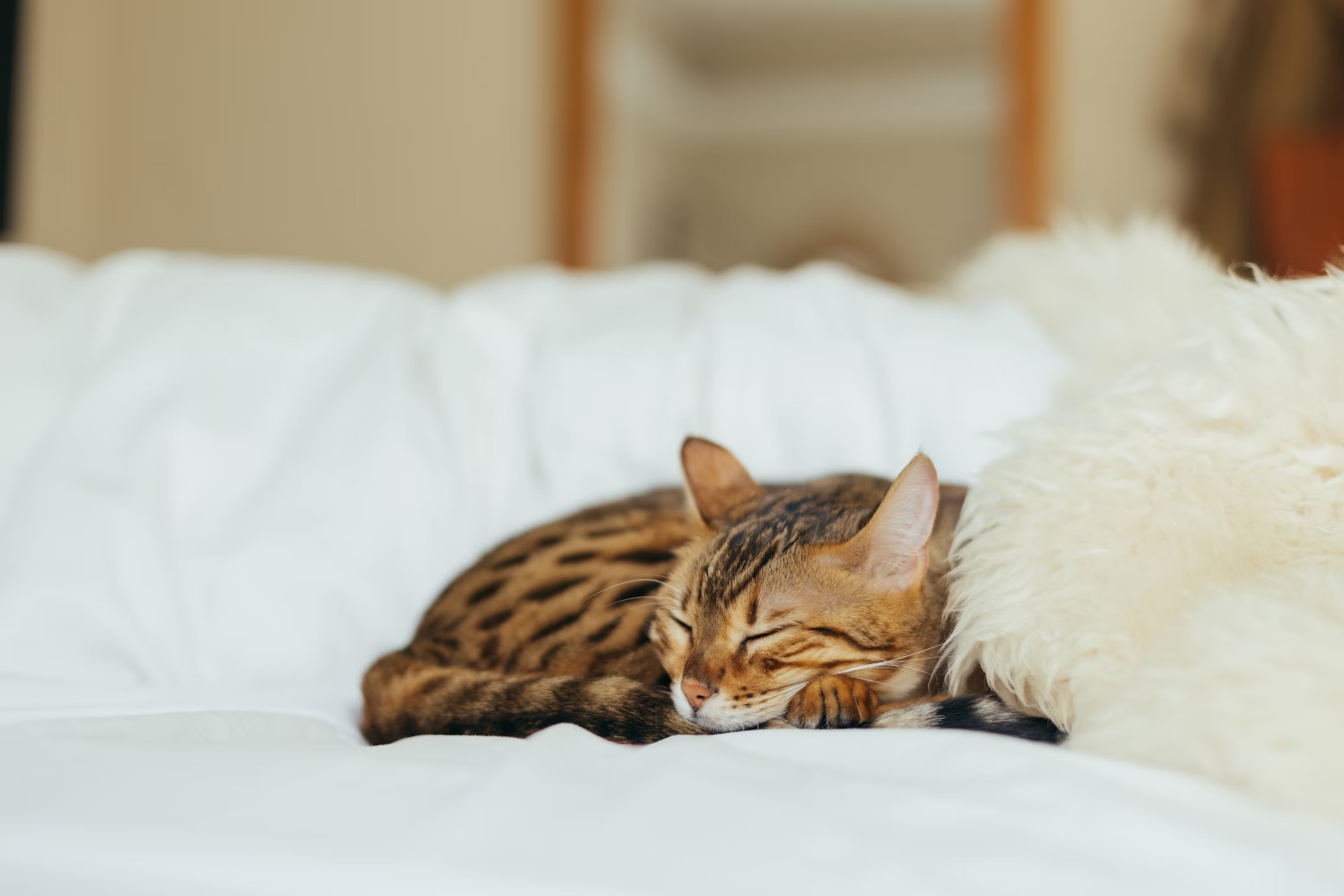Does Your Cat Have Separation Anxiety? How to Spot the Signs

Cats are often seen as independent creatures, but they can experience separation anxiety just like dogs and other pets. If your feline friend seems unusually distressed when you leave or exhibits certain behaviors, they might be struggling with separation anxiety. Understanding the signs and knowing how to address them can help improve your cat’s well-being and your own peace of mind.
What is Separation Anxiety in Cats?
Separation anxiety occurs when a cat becomes overly anxious and stressed when their owner leaves or is absent for extended periods. While it’s less common in cats than in dogs, it still affects many felines. This condition is characterized by a variety of emotional and behavioral changes that can be distressing for both the cat and the owner.
Common Signs of Separation Anxiety in Cats
- Excessive Vocalization: One of the most noticeable signs of separation anxiety is increased vocalization. If your cat meows, yowls, or howls excessively when you leave or are about to leave, this could be a sign of distress.
- Destructive Behavior: Cats with separation anxiety may engage in destructive behavior such as scratching furniture, chewing on cords, or knocking things over. This behavior is often an attempt to cope with their anxiety.
- Urinating or Defecating Outside the Litter Box: An anxious cat may start urinating or defecating outside their litter box, particularly in places that smell like their owner. This behavior can be a sign of stress and frustration.
- Increased Aggression: Cats experiencing separation anxiety might display aggression towards other pets or people in the household. This behavior is often a result of their heightened stress levels.
- Over-Grooming: Excessive grooming or self-mutilation can occur in anxious cats. This behavior is a coping mechanism for their stress and can lead to bald patches or skin infections.
- Clinginess: If your cat follows you around constantly and becomes excessively clingy, it could be a sign of separation anxiety. They may seem unable to be apart from you, even for short periods.
- Loss of Appetite: A cat suffering from separation anxiety might show a decreased interest in food or refuse to eat altogether. This loss of appetite is often a result of their emotional distress.
Causes of Separation Anxiety in Cats
Understanding the root causes of separation anxiety can help in addressing the problem more effectively. Some common causes include:
- Changes in Routine: Any significant change in your cat’s routine, such as moving to a new home or a change in your work schedule, can trigger separation anxiety.
- Lack of Socialization: Cats that were not adequately socialized as kittens or those that have had negative experiences with separation may develop anxiety issues.
- Previous Trauma: Cats with a history of trauma, such as abandonment or abuse, may be more prone to separation anxiety.
- Boredom: Cats that are left alone for extended periods without adequate stimulation or enrichment may develop anxiety.
How to Help a Cat with Separation Anxiety
If you suspect your cat has separation anxiety, there are several strategies you can try to help them cope:
- Gradual Desensitization: Gradual desensitization involves slowly getting your cat accustomed to being alone for short periods and gradually increasing the time they are left alone. This helps them adjust to your absence without becoming overly stressed.
- Create a Safe Space: Provide your cat with a comfortable and secure space where they can retreat when they feel anxious. This could be a cozy bed or a designated area with their favorite toys and bedding.
- Interactive Toys and Enrichment: Keep your cat entertained while you’re away by providing interactive toys and enrichment activities. Puzzle feeders, catnip toys, and scratching posts can help keep your cat engaged and reduce their anxiety.
- Use of Feliway: Feliway is a synthetic pheromone product designed to help reduce stress in cats. It mimics the calming pheromones that cats naturally produce and can help create a sense of security for your feline friend.
- Consistent Routine: Establish a consistent routine for feeding, playtime, and other activities. Predictable routines can help reduce anxiety by providing a sense of stability and security.
- Training and Behavior Modification: Consider working with a professional animal behaviorist or trainer who specializes in feline behavior. They can provide tailored advice and techniques to address your cat’s specific anxiety issues.
- Medical Intervention: In severe cases, medication may be necessary to help manage your cat’s anxiety. Consult with your veterinarian to determine if medication is appropriate for your cat’s situation.
When to Seek Professional Help
If your cat’s separation anxiety is severe or does not improve with the above strategies, it may be time to seek professional help. A veterinarian or a veterinary behaviorist can provide a comprehensive evaluation and recommend specialized treatment options.
Conclusion
Separation anxiety in cats can be a challenging issue, but with understanding and proper intervention, you can help your feline friend feel more secure and comfortable. By recognizing the signs and implementing effective strategies, you can support your cat’s emotional well-being and create a more harmonious environment for both of you. If needed, don’t hesitate to seek professional advice to ensure your cat receives the best care possible.




